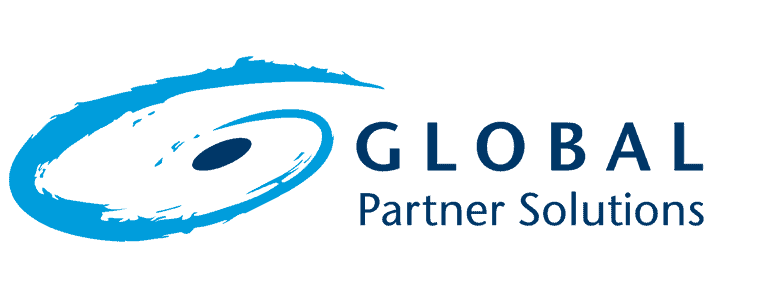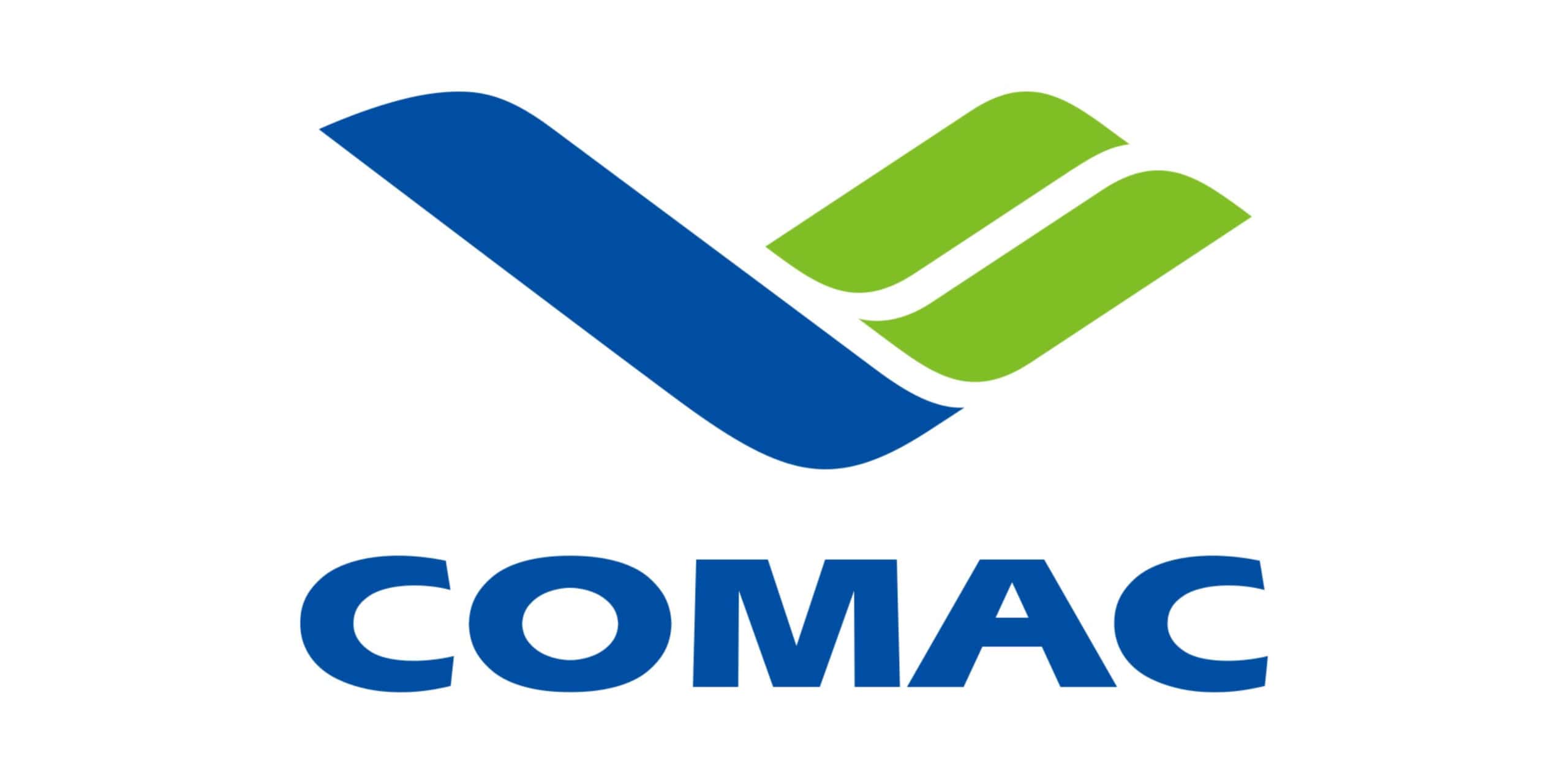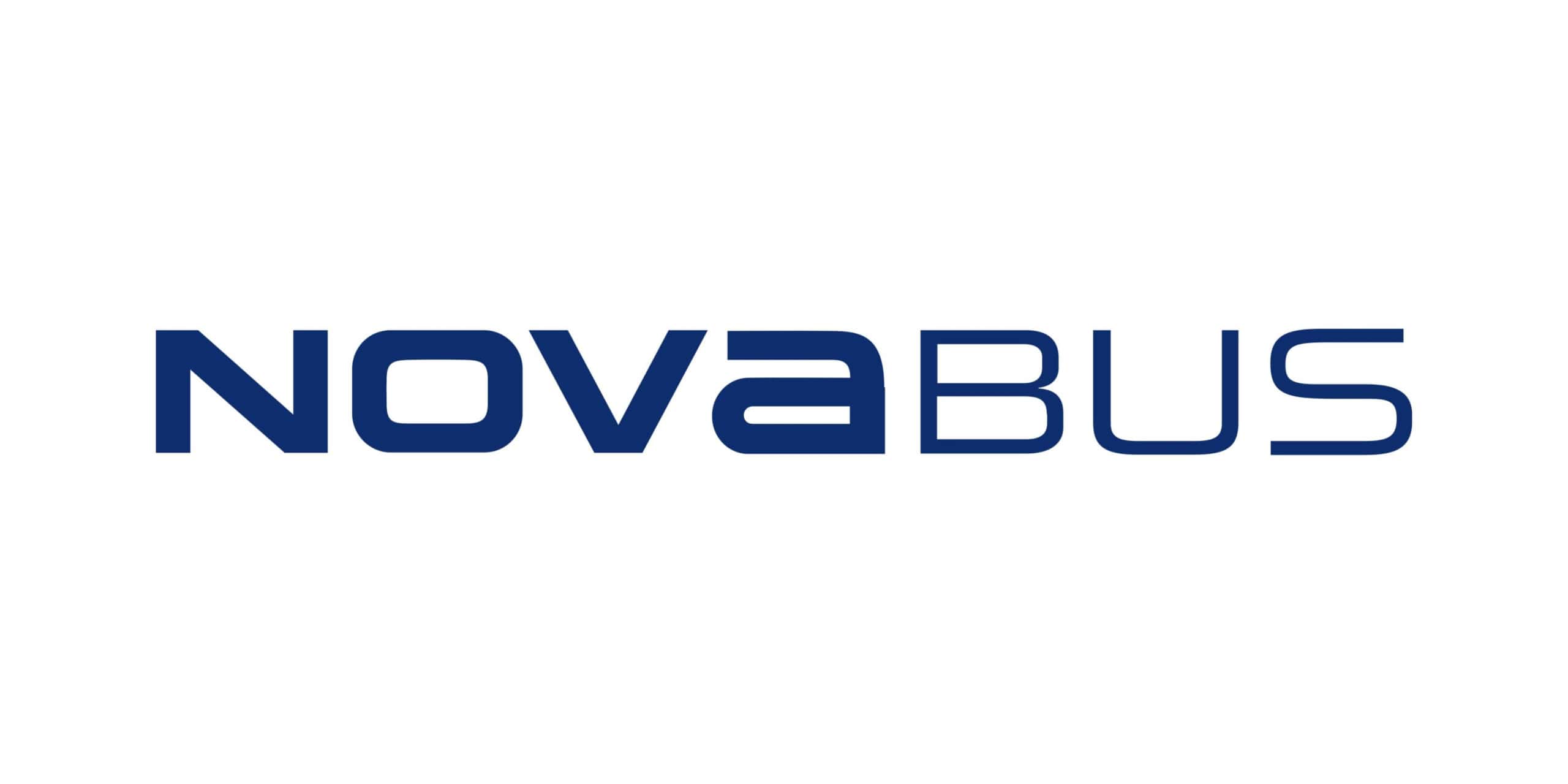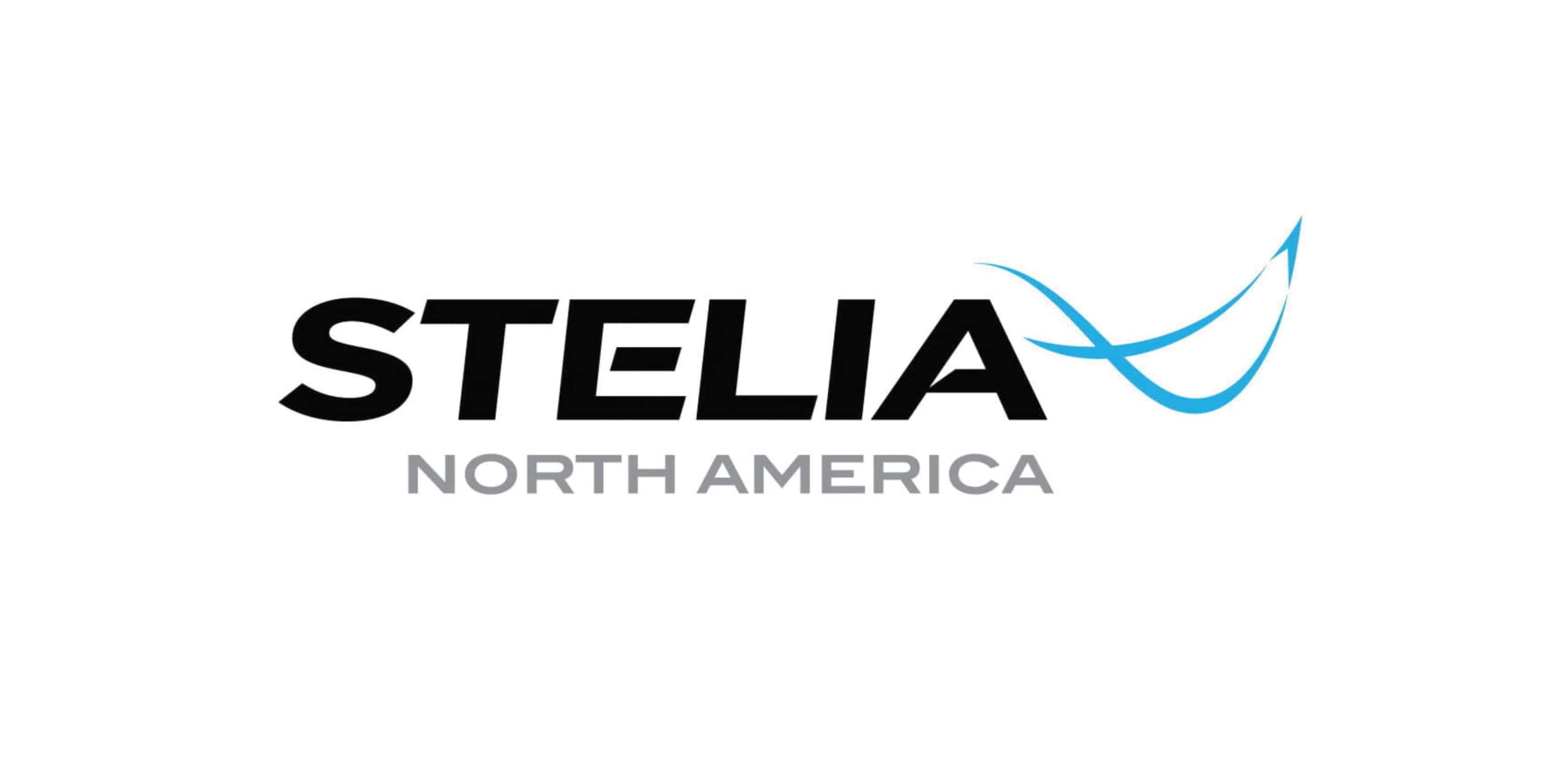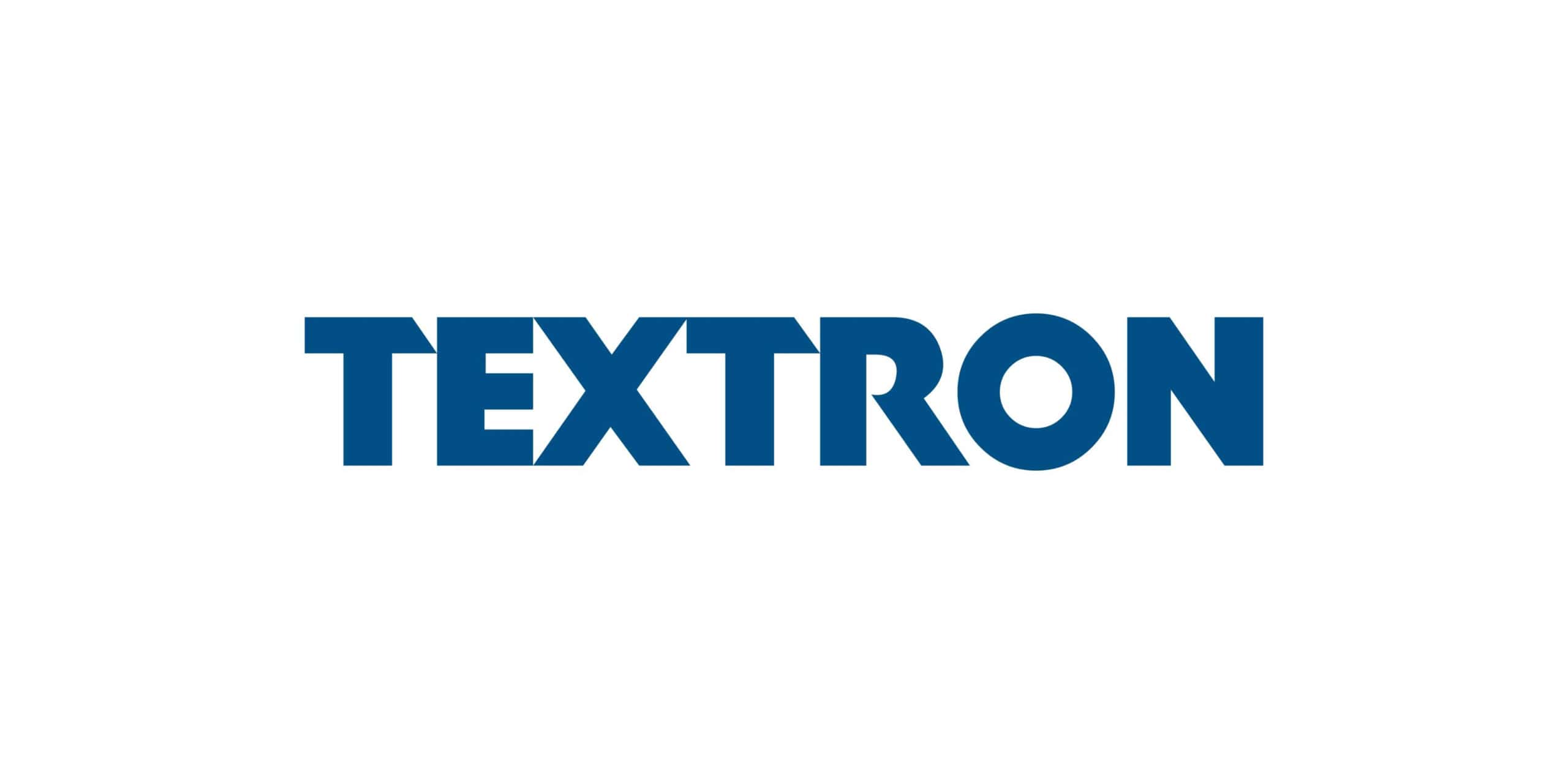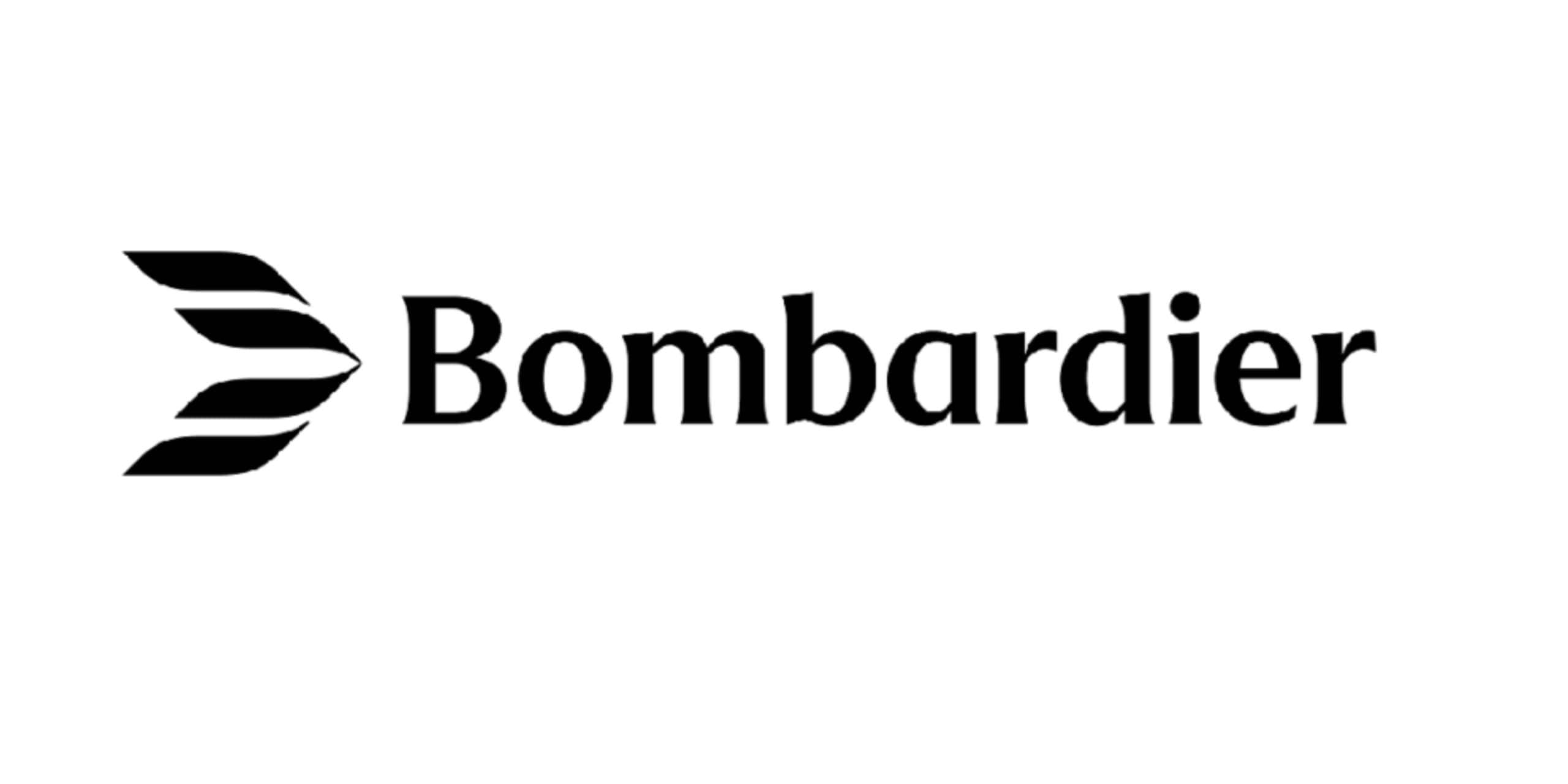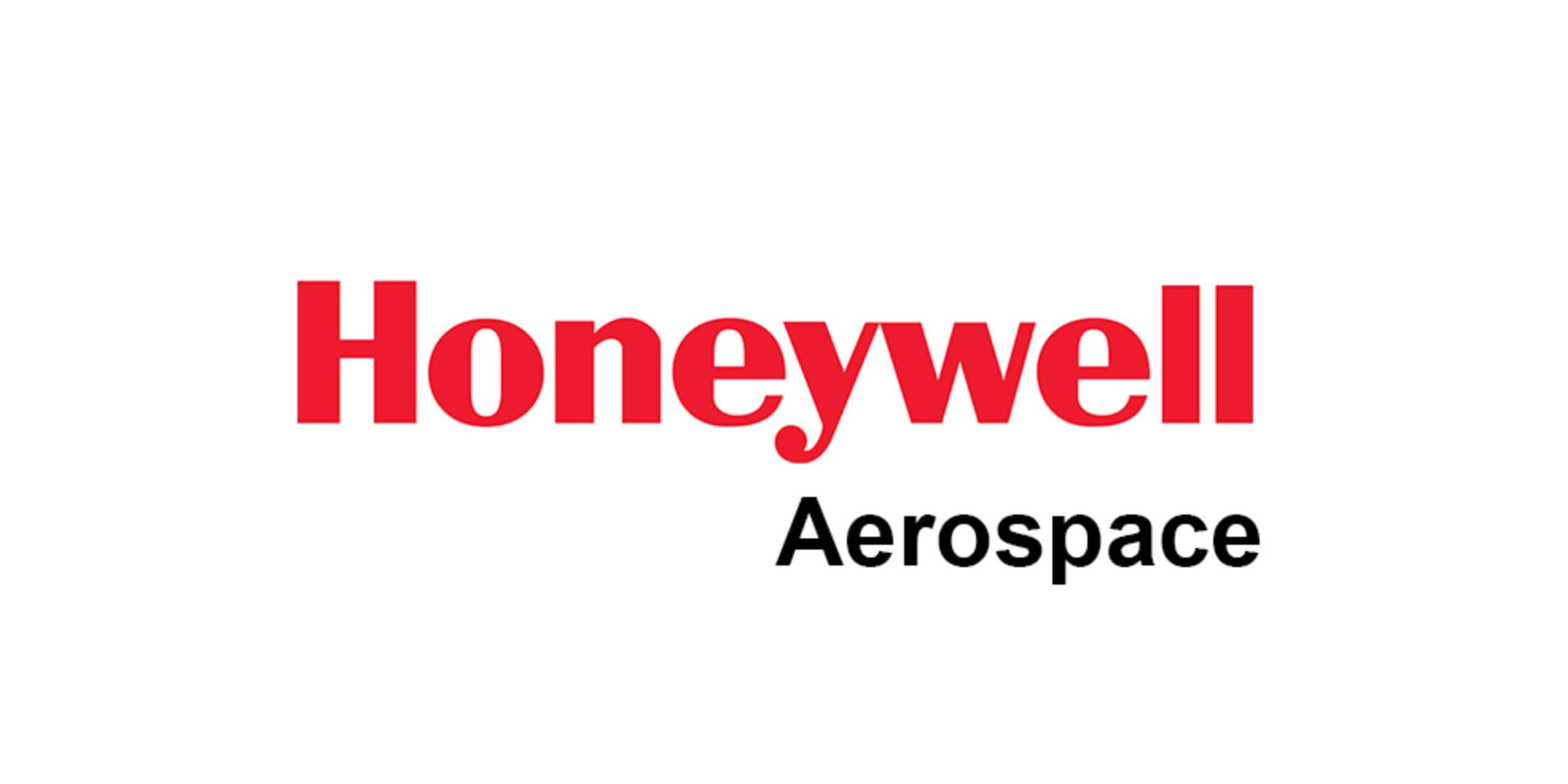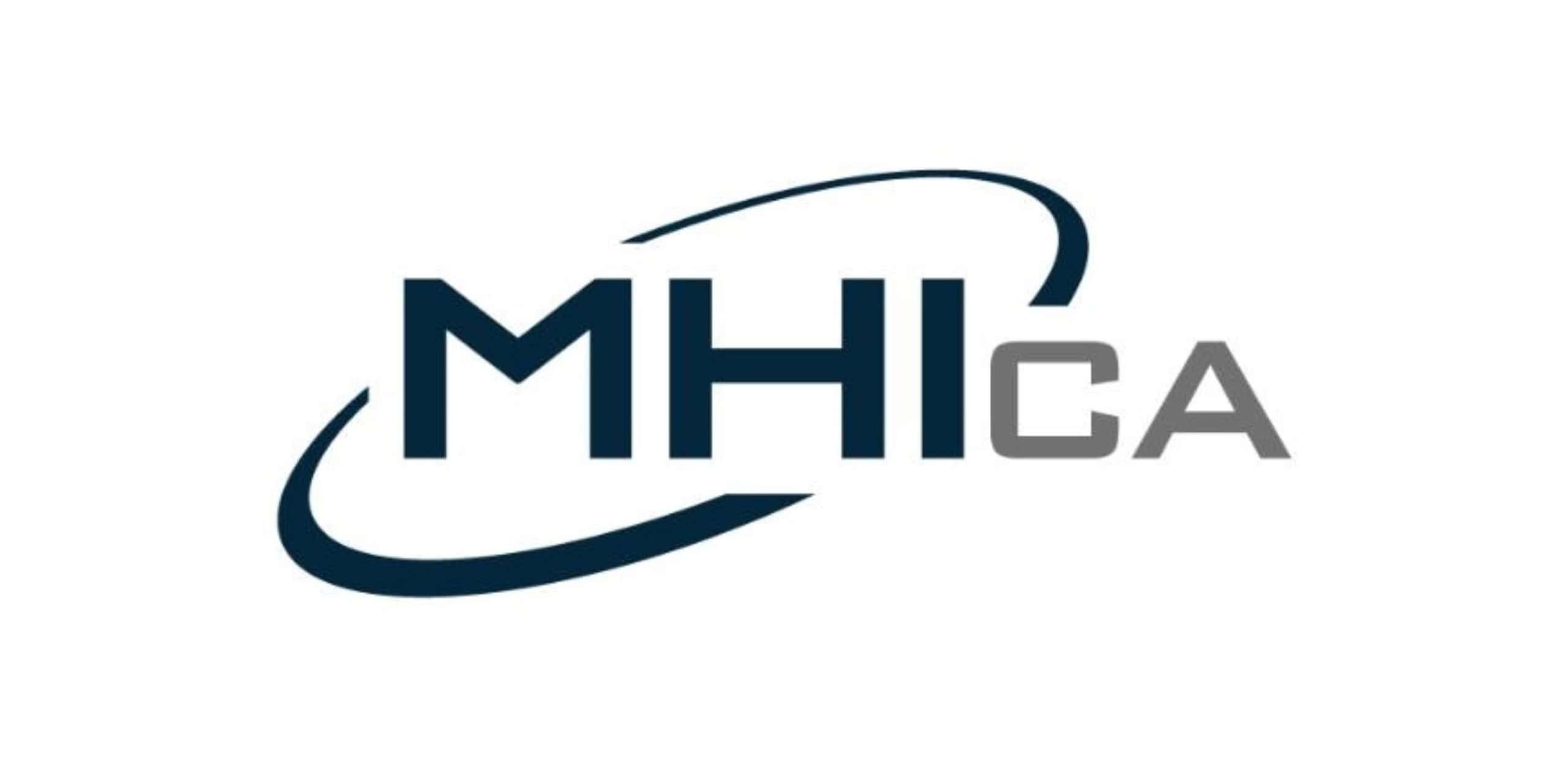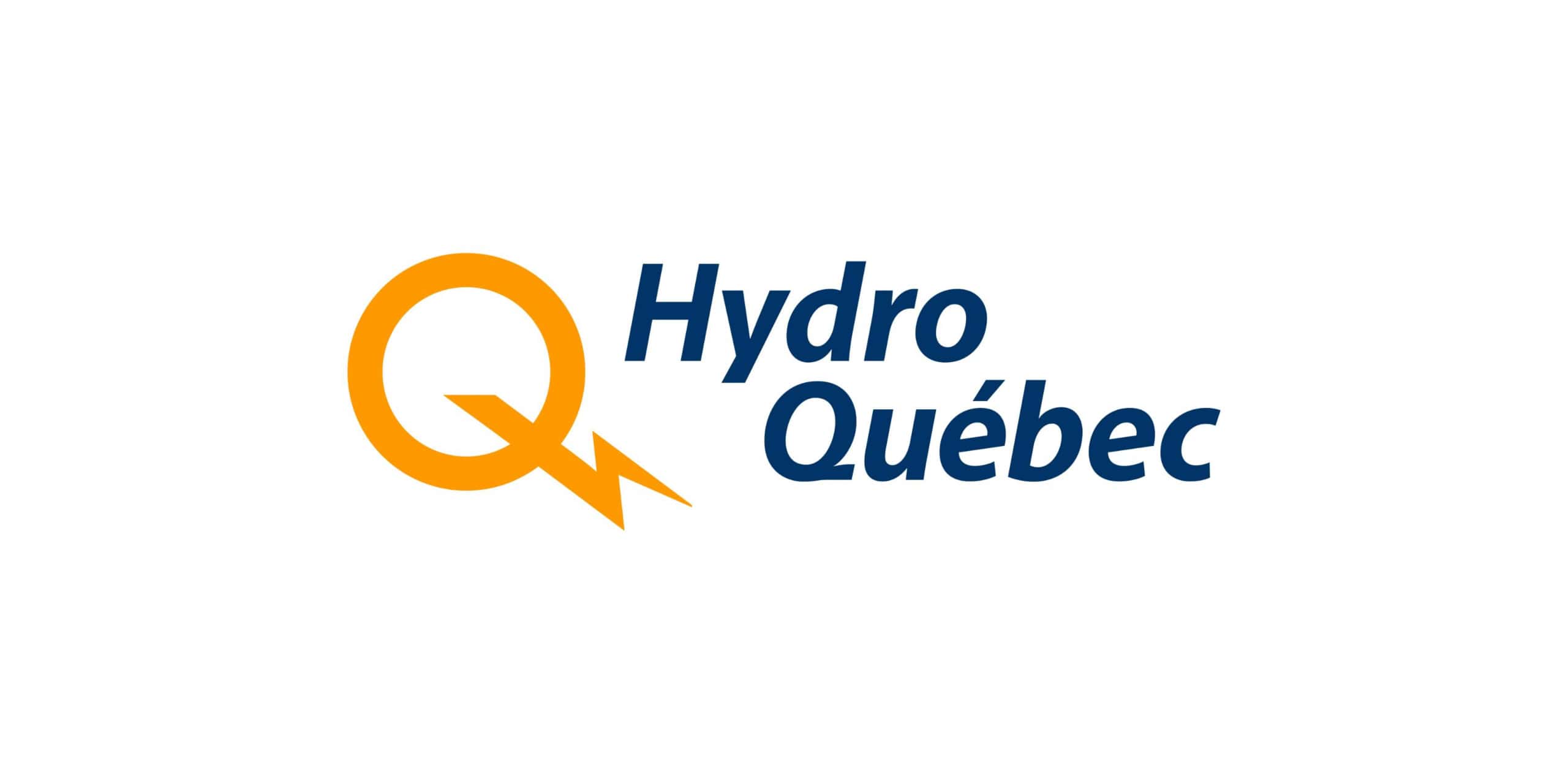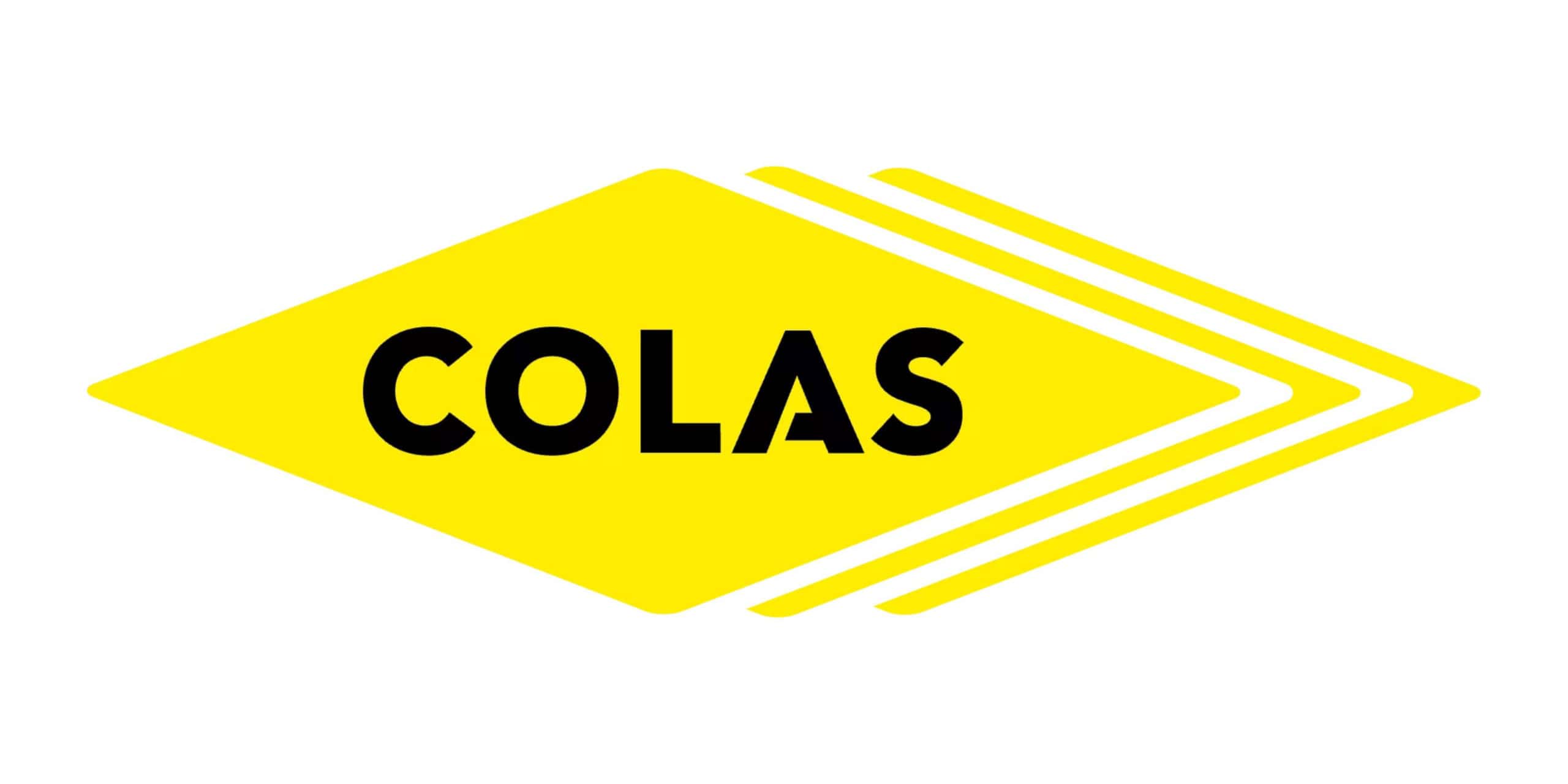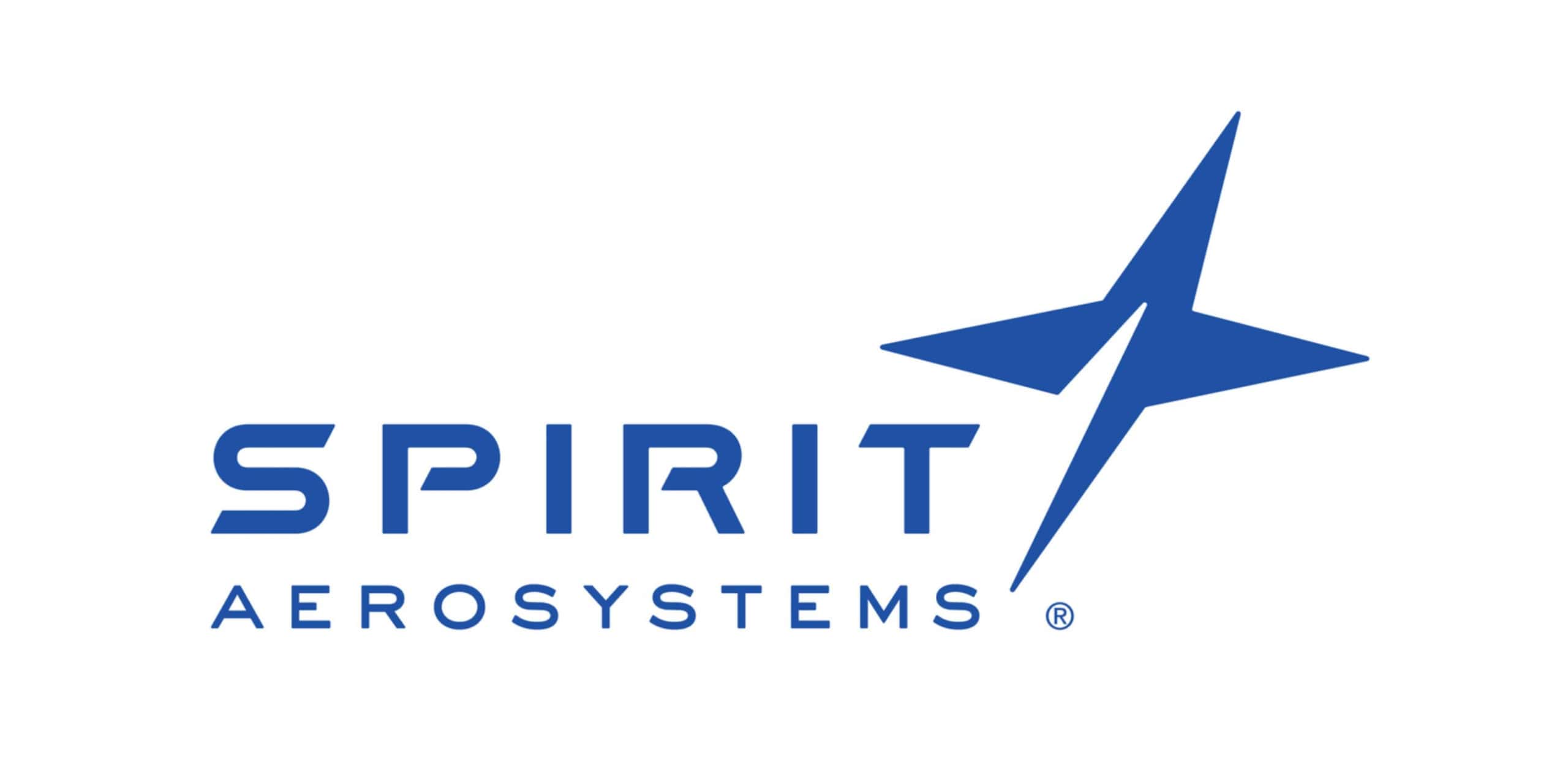Sustainability has become an increasingly crucial aspect of business operations worldwide. With rising concerns about climate change, environmental degradation, and social responsibility, companies must evaluate their impacts and integrate sustainability into their supply chains.
Understanding and auditing supplier sustainability is critical for organizations looking to reduce risks, ensure compliance, and benefit long-term. The global focus on sustainability stems from the alarming rates of resource depletion, pollution, and labor exploitation occurring today.
With environmental and social movements gaining traction, consumers and stakeholders now demand ethical business practices. Implementing supplier audits and risk assessments allows companies to identify and mitigate sustainability issues in procurement and manufacturing. This protects brand reputation and retains consumer trust in an age of transparency.
By auditing supplier sustainability, businesses can avoid fines, lawsuits, and backlash over irresponsible or illegal practices. Assessing risks also minimizes operational disruptions from environmental incidents or social controversies within the supply chain. Building resilience against sustainability shocks provides stability.
Understanding one’s suppliers is crucial for managing environmental and social impacts. Implementing audits and risk analysis equips organizations to improve supplier relationships, engagement, and performance. It enables collaboration on sustainability goals and capacity building. Embedding sustainability across supply networks benefits business continuity, efficiency, and long-term success.
Understanding Supplier Sustainability Audit
Despite growing sustainability concerns, many businesses still lack awareness of supplier sustainability audits. These audits critically analyze social and environmental practices within supply chains.
By overlooking this process, companies miss opportunities to mitigate risks, ensure compliance and drive performance. Implementing regular sustainability audits of suppliers provides multiple benefits.
A supplier sustainability audit examines vendors’ and partners’ impacts on society and the environment. It assesses energy usage, carbon emissions, resource management, waste disposal, labor policies and more.

Auditors inspect facilities, interview workers and review documentation to gauge compliance and uncover violations. The goal is to identify risks, progress and gaps compared to sustainability standards, including international codes of conduct.
Conducting rigorous sustainability audits enables informed decision-making on supplier relationships. It builds an accurate picture of potential regulatory, reputational, and operational risks.
Audits ensure suppliers adhere to ecological and social requirements, allowing companies to avoid disruptions from controversies. They promote transparency and accountability across complex supply networks. Identifying high performers fosters collaboration on progressive sustainability practices.
Challenges in Supplier Sustainability Assessment
Implementing practical supplier sustainability assessments can be difficult without proper planning and execution. Companies may struggle to collect high-quality data or encourage participation.
Suppliers may view requests as burdensome. However, assessment insights are crucial for managing risks, monitoring compliance, and driving supply chain responsibility. Focused strategies enable successful assessment programs.
Firstly, businesses should communicate goals, survey design and expected outcomes with suppliers. Building relationships and trust smooths data collection. Providing adequate timelines and ensuring user-friendly formats boost response rates.
Secondly, tailoring assessments through prioritizing suppliers and customizing questions produces actionable insights. Starting small and then expanding assessments in phases aids adoption.
Furthermore, leveraging digital solutions streamlines distribution and analysis for large supplier networks. Automated reminders and notifications facilitate ongoing engagement.
Sharing collective and individual results motivates improvements by demonstrating benchmarking and opportunities. Collaborating to develop roadmaps and set targets post-assessment enables progress.
Overcoming Barriers in Environmental Sustainability Supplier Audit
Conducting rigorous environmental sustainability audits of suppliers can be challenging but is crucial for managing supply chain impacts. Companies may face hurdles in gathering data, ensuring quality control, or driving remediation. With proper planning and innovation, these barriers are surmountable.
Key Challenges in Environmental Supplier Audits
Limited Visibility into Supplier Impacts
- Vast, complex supply chains obscure visibility into environmental practices. Audits depend on supplier disclosures lacking detail, standardized methodology or third-party verification.
- Indirect-tier suppliers are especially opaque. Primary suppliers may have incomplete knowledge of their own extended networks.
- Partial datasets inhibit calculating comprehensive footprints across emissions, waste, water use, etc. It is difficult to identify priorities without robust quantitative insights.
Building Supplier Capacity
- Many suppliers lack resources, expertise or systems to track environmental data. Smaller firms, in particular, face capacity constraints.
- Weak sustainability management creates audit fatigue due to poor data collection and remediation processes.
- Auditors must go beyond mere checklists to enable suppliers to develop sound environmental programs for ongoing improvement.
Ensuring Audit Quality
- Varying auditor skills and inconsistent methodology reduce audit effectiveness. Subjectivity leads to inaccurate assessments.
- Remote assessments offer efficiency, but onsite verification is still needed for physical inspection and confidential worker interviews.
- Lack of auditor independence and conflicts of interest distort audit findings. Strict oversight is required.

Strategies to Enhance Environmental Supplier Audits
Leverage Technology
- Remote sensing, drones, digital maps and predictive analytics expand visibility into supplier environmental performance.
- Blockchain improves traceability and accountability across supply chain tiers.
- Online platforms boost two-way communication with suppliers to streamline assessments.
| Emerging Technologies for Supply Chain Transparency |
| Technology |
Description |
| Remote sensing |
Satellite imagery reveals environmental changes and risks. |
| Blockchain |
Improves traceability of materials through the supply chain |
| Digital mapping |
Visualizes supplier locations and sustainability impacts |
| Predictive analytics |
Forecasts risks and progress using audit data |
Build Supplier Capabilities
- Conduct training programs on sustainability data collection, management and reporting.
- Provide user-friendly tools and templates to simplify audit responses for suppliers.
- Develop corrective action plans post-audit that align with supplier strengths and needs.
- Fund technology upgrades or consultants to enhance supplier sustainability capacity.
Ensure Auditor Competence and Independence
- Require auditors to have expertise in sustainability programs and local business contexts.
- Institute robust oversight mechanisms such as auditor shadowing and crosschecks.
- Rotate auditors periodically for fresh perspectives and avoid conflicts of interest.
- Leverage third-party verifiers to confirm audit findings, especially for high-risk suppliers.
Environmental sustainability audits provide crucial intelligence to manage supply chain impacts. With strategic planning to address common barriers around data, capabilities and oversight, companies can derive powerful insights to drive improvement across their supplier network. A proactive, innovative approach to auditing transforms challenges into opportunities for collective advancement.
How to Conduct a Supplier Sustainability Audit Effectively
Step 1: Set Goals and Define Scope
The first step is to clearly define the goals and scope of your sustainability audit program. Determine the environmental, social or governance focus areas you want to evaluate across your supplier base.
Prioritize the most material impacts and high-risk categories based on your business footprint. Also, consider factors like supplier spending, location, products/services, and audit history.
Setting a targeted scope provides focus and helps utilize resources strategically. Develop a timeline for phasing in assessments across your suppliers according to priority and capacity.
Be realistic about how quickly assessments can be rolled out. Consider starting with key tier 1 suppliers, then expanding to tier 2 over time. Defining goals, impacts, and timelines upfront aligns the audit program with sustainability objectives.
Step 2: Develop Assessment Criteria
With your priorities defined, develop robust sustainability criteria and indicators to assess supplier performance. Leverage existing reporting frameworks like GRI or SASB to incorporate internationally recognized metrics.
Customize to include sector-specific risk material to your suppliers. The criteria form the basis for data collection tools like questionnaires, scorecards or checklists.
Criteria should cover quantitative metrics on energy, water, waste, emissions, and other footprints. Qualitative indicators on management policies, certifications and compliance are equally important. Specify required evidence like reports, permits and invoices to verify disclosures.
Step 3: Build Internal Capacity
Evaluate whether internal teams have the expertise to manage the audit program. Consider training procurement staff on sustainability practices and audit techniques.
Develop resources and guidance to support their supplier engagement. If needed, partner with external consultants skilled in assessment protocols. Make sure audit team members understand reporting frameworks, data analysis, interview methods and corrective action planning.
Build cross-functional collaboration between sustainability, procurement, and operations to maximize insights from assessments. Internal alignment ensures consistent, effective execution.
Step 4: Engage Suppliers
Communicate early and often with suppliers about the goals and expectations of the audit program. Provide training if needed to help suppliers complete assessments accurately.
Offer ongoing guidance and resources like helplines. Start the process collaboratively by inviting supplier input on effective assessment approaches. Emphasize that audits aim to identify joint improvement opportunities, not just evaluate compliance.
The process should ultimately strengthen supplier relationships and performance. Transparent communication and support build supplier buy-in to drive higher-quality data.
Step 5: Gather and Evaluate Information
Distribute assessments and have suppliers complete documentation. Perform onsite verification through visual inspections, worker interviews and system evaluations. Review submitted evidence for completeness and credibility. Leverage technology like aerial imaging to augment onsite data.
Analyze results relative to internal standards and external benchmarks. Identify gaps, emerging risks and standout performers. Prioritize the most critical findings and suppliers in need of corrective actions. While assessments offer a snapshot, consider supplementing periodic audits with ongoing monitoring mechanisms.
Step 6: Report Findings and Develop Corrective Action Plans
Present audit findings transparently to suppliers through individualized reports. Highlight areas of achievement and recognize suppliers demonstrating leadership. Provide recommendations to close gaps, including potential capability-building support if appropriate. Collaborate to develop specific corrective action plans that address root causes within feasible timeframes.
Schedule regular check-ins post-audit to oversee progress. Provide training and resources to resolve persistent challenges. Celebrate successes when suppliers achieve milestones to encourage continuous adoption. Audits should catalyze ongoing shared learning and advancement.
Step 7: Continuously Improve the Program
Evaluate audit processes for gaps or inefficiencies. Solicit feedback from auditors, suppliers and internal teams to guide enhancements. Expand assessments to additional sustainability focus areas over time as capacity grows. Develop Key Performance Indicators to track audit program effectiveness.
Automate and streamline data collection for more straightforward analysis. Utilize findings to inform supplier code of conduct revisions, procurement decisions and capacity-building investments. Through continuous improvement, audits evolve from a compliance exercise into a value driver.
Risks in Supplier Sustainability and Mitigation Strategies
As global supply chains expand, so too do risks related to environmental, social and governance (ESG) issues within complex supplier networks. However, many organizations still take a siloed or reactive approach to sustainability risks.
By proactively identifying and mitigating supplier ESG risks, companies can reduce disruptions, safeguard reputation and strengthen resilience. Key sustainability risks in the supply chain are:
Environmental Risks
Suppliers’ environmental impacts generate manifold risks. Resource scarcity from unsustainable water use or deforestation can disrupt operations by reducing access to local water sources or forestry.
Extreme weather events like floods, droughts or storms induced by climate change can damage supplier assets and disrupt deliveries. Non-compliance with emissions regulations and standards incurs fines, lawsuits, and loss of license to operate. Improper chemical handling or waste disposal that poisons local communities prompts major public backlash.
Social Risks
On the social front, key supplier risks include labor issues like forced labor, discrimination or safety violations which provoke legal and public relations crises. Community unrest sparked by unfair land appropriation, pollution or poor wages can boil over into protests and work stoppages.
Bribery and corruption distort contracts and supplier relationships, damaging business integrity. Unethical conduct anywhere in the supply chain taints the corporate brand image and erodes consumer trust.
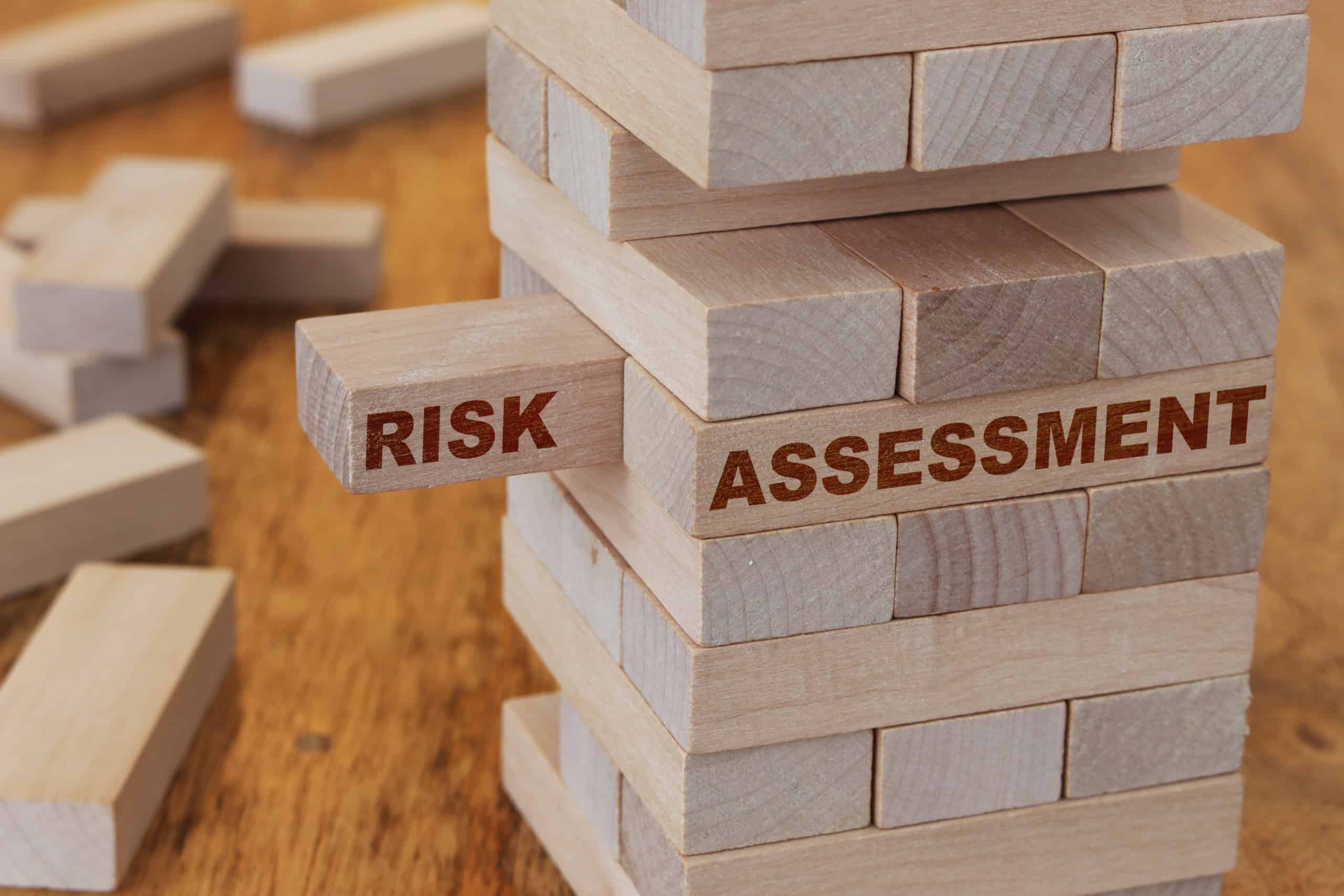
Governance Risks
Governance risks arising from suppliers are also pressing. Fraud, such as falsified reporting, obscures non-compliance and masks actual operational risks. Weak cybersecurity defenses expose confidential data and compromise critical systems.
Inadequate visibility into supply chain practices masks unsustainable or unethical actions. Anti-competitive behavior, corruption and conflicts of interest undermine ethics and contractual relationships.
| Risk Category |
Risk Factors |
| Environmental |
Resource scarcity, extreme weather, regulatory non-compliance, pollution |
| Social |
Labor and human rights issues, community unrest, reputation loss |
| Governance |
Fraud, cybersecurity, lack of transparency, unethical conduct |
Practical Approaches to Supplier Sustainability Risk Management
Risk Identification
Proactive risk identification is the critical first step. Companies can map supplier locations using risk indices for environment, human rights, corruption, and other issues. Emerging technologies like satellite imagery, news analytics based on AI, and credit checks build visibility into on-the-ground conditions.
Conducting supplier surveys, audits, and capability assessments gathers sustainability intelligence directly from the source. Incorporating inputs from external stakeholders like NGOs, local experts and community members provide additional perspectives.
Risk Analysis
Once risks are identified, structured analysis is needed to prioritize response. Risk-scoring methods can incorporate likelihood, potential severity, substitution difficulty and interconnectedness.
Modeling different scenarios, from acute incidents to gradual sustainability impacts, reveals risk magnitude. Analyzing interconnections, multiplier effects, and systemic vulnerabilities highlights Complex risks. Sophisticated analytics turn risk data into strategic insights.
Risk Mitigation
Risk mitigation requires tailored strategies targeting root causes. Building supplier capabilities in sustainability management through training programs and consultancy services enhances internal processes and management systems. Contractually binding high-risk suppliers to comply with sustainability standards, ethics codes, and site inspection requirements creates accountability.
Diversifying the supply base to reduce over-reliance on a limited number of suppliers increases resilience. Enhancing supply chain transparency through traceability platforms and blockchain further monitors risk while boosting trust. Contingency planning using scenario analysis and incident response protocols enables agility in the face of disruptions.
| Tactic |
Description |
| Training & Capacity Building |
Strengthen supplier sustainability through developing knowledge, resources, and management systems. |
| Contractual Obligations |
Bind suppliers to sustainability standards, codes of conduct and transparency requirements |
| Supply Base Diversification |
Avoid over-dependency on a small number of suppliers. |
| Supply Chain Transparency |
Improve traceability, information sharing and responsiveness through emerging technologies |
| Contingency Planning |
Prepare for supply disruptions through scenario modeling, response protocols and early warning systems. |
Risk Monitoring
Vigilant monitoring mechanisms enable ongoing risk identification and mitigation. New technologies like blockchain, IoT sensors and artificial intelligence facilitate continuous visibility into sustainability parameters across supply tiers.
Conducting regular site inspections and compliance audits of higher-risk suppliers verifies conditions on the ground. Reviewing third-party assurance reports, remediation progress, and grievance mechanisms provides external validation while engaging stakeholders. Updating risk assessments frequently accounts for changing supplier contexts.
Ensuring Compliance in Supply Chain Environmental Audits
As stakeholders demand sustainability, managing environmental compliance across complex supply chains is imperative but challenging. Suppliers may deliberately or unwittingly violate standards due to insufficient resources, inadequate controls, or lack of awareness.
Environmental non-compliance exposes firms to operational disruptions, lawsuits, fines, and reputational crises. Rigorous audits are crucial to identify lapses and drive remediation. However, audits have limitations, providing periodic snapshots of adherence rather than ongoing monitoring.
By combining robust auditing with continuous compliance management, companies can enhance oversight. The first step is instilling a culture of accountability at all supply tiers. Leadership must consistently convey that meeting sustainability requirements is mandatory, not optional.
Suppliers should receive regular training on complying with applicable regulations and company policies. Automated systems can track renewal dates for environmental permits, ensuring no lapses in legal licensing. Staff should understand compliance is tied to business continuity and retention.

Audits verify actual adherence to standards. The audit scope should encompass facilities, records, products and practices. Checklists should be comprehensive, covering waste disposal procedures, pollution controls, chemical storage, and environmental management policies.
Auditors must inspect sites, examine documentation, and interview personnel to identify gaps. Technical experts may be needed to assess complex issues like emissions monitoring, wastewater quality testing and hazardous materials handling. Non-compliances require detailed corrective action plans with timelines and resources allocated.
Post-audit support enables suppliers to sustainably close gaps. Providing compliance tools, training, and consultancy builds capability. Progress must be reviewed through follow-up site visits and evidence requests. Partial or inadequate remediation necessitates sanctions like delivery suspensions until issues are resolved.
While periodic audits are indispensable, real-time monitoring improves accountability between evaluations. Technologies like satellite tracking, sensors and blockchain create transparency into compliance parameters, sometimes down to product levels.
Online data-sharing portals allow suppliers to securely submit mandated reports for instant verification. Remote sensing reveals unauthorized environmental changes at sites. Helplines and anonymous grievance mechanisms empower whistleblowing on violations.
Community-based monitoring engages locals to provide on-the-ground observations, while NGO partnerships lend expertise. Promptly investigating concerns can prevent minor lapses from becoming major breaches.
Ultimately, compliance assurance requires combining robust audits to establish baselines with ongoing monitoring via technology, transparency, and stakeholder input. This drives a proactive culture of environmental stewardship from initial sourcing decisions to continuous improvement after contract awards.
